It was French President Charles de Gaulle who famously said, “How can you govern a country which has 246 varieties of cheese?” That was in 1962. Today there are nearly 400 distinct cheeses in France, and discussing and eating them is a national pastime. Anyway you slice it, this is the land of fromage and it is a source of regional pride.
Just like with wine, many varieties have their own AOC, or Appellation d’origine contrôlée. Roquefort only comes from Roquefort and it must adhere to strict regulations to earn the name. The types of cheese in France are as varied as the landscapes, and while it may seem like a love of pungent cheese is in the blood of the French, I believe it’s an acquired taste. Rather than going straight for the Brie on your next trip to Paris, push your palate by trying one of the following stinky cheeses and do as the French do: savor it after your meal, preferably with a digestif.

above: Sammy Royal
Langres
Made in the Champagne region, the cylinder shaped Langres has a concave top for holding a bit of the famed sparkling wine. Beneath the wrinkly rind you’ll find a dense and creamy cheese that is soft and slightly crumbly. The flavor is fresh and grassy at first, but rounds out with a nice smokiness. Langres needs five weeks of aging and is excellent between May and August (even cheese in France is seasonal). Pair with rosé champagne; the wine’s strawberry notes make for a great accompaniment to the smoky cheese.
Pont l’Évêque
Pont l’Évêque, a semi-hard cheese made with uncooked and unpressed cow’s milk, is one of the oldest cheeses in France and has been made in Normandy since the 12th century. It has a very pungent aroma due to its moist crust, but the cheese inside is creamy with a mild and earthy flavor. Pont L’Évêque has had its own AOC since 1976 and it can be enjoyed in the spring, summer, and fall. Pair it with regional Norman cider or calvados.
Trou du Cru
Ivory-yellow Trou du Cru comes from the Burgundy region of France and is made with pasteurized cow’s milk. The smooth, creamy fromage is complex with a nutty flavor and a sharp aftertaste. Made in small molded rounds, it matures more quickly then its relative, Époisses de Bourgogne. Each cheese is smear ripened, or washed individually with Marc de Bourgogne, a strong local brandy, so it smells a bit like alcohol and hay. Trou du Cru works well with the toasted and vanilla notes you find in a Bourgogne white wine like Meursault.

Left: trou du cru cheese
Époisses de Bourgogne
Napoléon was reportedly a fan of Époisses de Bourgogne, a soft cheese so smelly it’s been banned from some public transportation in France. The distinctive red-orange cheese is made in the village of Époisses, between Dijon and Auxerre. After nearly going extinct during the World Wars, it was resurrected by French farmers in the 1950s and Fromagerie Berthaut still manufactures nearly all Époisses. The unpasteurized cows milk cheese is smear ripened just like Trou du Cru, and it’s a bit chewy with a salty, sweet; and slightly spicy flavor. The strong cheese works better with a hearty beverage, like Trappist beer, than with wine.
Munster
French Munster is nothing like the mild American muenster cheese you may be familiar with. The strong tasting, semi-soft cheese comes from the Alsace town of Munster and is made mainly with milk from cows who graze in the Vosges Mountains. Left to age in a damp cellar for anywhere from five weeks to three months depending on the size, the odor is pungent (some compare it to sweaty feet) and the rind, which is periodically rinsed with brine, is quite tangy. The cheese itself has a savory and salty flavor that pairs well with Alsatian whites, like dry Riesling.
Roquefort
The King of French cheeses, Roquefort was the first recipient of an AOC in France in 1925, though it’s probably much, much older. Roquefort is mentioned in literature as far back as 79AD. The sheep’s milk blue cheese comes from the south of France, and to earn the name Roquefort, cheeses must be ripened in the natural caves of Mont Combalou in Roquefort-sur-Soulzon. Roquefort is tangy and crumbly with veins of green mold and is at once sweet, smoky, and salty. Roquefort packs a punch, and a full-bodied and well-balanced red like Bordeaux pairs nicely, but if you really want white, try a minerally Sancerre.

Maroilles
The aroma of Maroilles, a cow’s milk cheese from Northern France, is funky — it smells like a barnyard— but the flavor of the creamy cheese is a bit milder with a slight sweetness. Maroils was invented in the 10th century by a monk and was reportedly the favorite cheese of several French Kings, including Phillip II and Francis I. Pair this cheese with something sweet, like cider or late-harvest Gewürztraminer.
Vieux Lille
Vieux Lille is ripened Maroilles and is often called the most pungent cheese in France—its nickname is “old stinker.” The semi-soft cheese is soaked for three months in brine to give it a salty taste, and while the aroma is undoubtedly strong, I actually find the flavor to be more nuanced and well-balanced than Maroilles. It’s spicy and salty with a lingering nutty aftertaste. This cheese is more readily available during the winter months and it pairs well with red Burgundy or champagne.
French CheESE – What to Know
Here’s a shortlist of what you need to know when venturing out to the cheese stand
- Most French cheeses are either Cow (Vache), Goat (Chèvre) or Ewe (Brebis) milk based, though appearances and tastes vary extensively within these categories.
- Go artisan. With so many artisan cheese shops and stands selling high quality, farm-to-market products, you’ll definitely want to forego the convenience of your corner supermarket, which mostly likely stocks mass produced goods, when purchasing cheese. Your palate will thank you.
- Don’t be afraid to ask for a sample. Pick out 2 or 3 cheeses that seem appealing and politely inquire: “Est-ce-que je peux gouter celui-ci?” Pop the slice in your mouth, chew thoughtfully, nod approvingly and, if you’ve settled on your selection, order it up! For harder cheeses that have already been cut, 100g is a fairly standard serving. Round cheeses (Camembert, for example) are sold as a whole or half reel, and smaller goat cheeses (Crottin) are sold individually.
French cheese – Tips AND FAQ’s
You’ll most likely only be able to taste cheeses that have already been cut, which are generally on the drier end of the spectrum.
Gently press down on it to see how much it gives. A ripe Camembert should give a little if you press your thumb into the center; firm on the outside but soft on the inside.
A Langres, Munster or mature Camembert should be more palatable for squeamish visitors.
The rind is edible on most soft cheeses, so don’t upset your French host by scooping all the insides out of the camembert, leaving only the sad white husk behind on the cheese plate. The rind adds flavor and texture, so do as the natives and go whole-buffalo.
When entertaining, a respectable cheese plate usually contains most of the following: one or two small goat cheeses (a Crottin and a Cendré are good staples), a gooey Camembert, a creamy Pont l’Evêque or Brie, a Tomme of some kind (Brebis, for example), a swiss cheese (like Vieux Comté) and a blue cheese (Roquefort is a good go-to).
It’s considered rude to help yourself to more than three cheeses. Take more than three, and your hostess will assume that you didn’t enjoy her meal enough to fill up on the elaborate, home-cooked courses that preceded the cheese plate.
Camembert
Yes, you can bring cheese from Paris to the US. You are allowed up to 20 litres of dairy products but meat is prohibited.
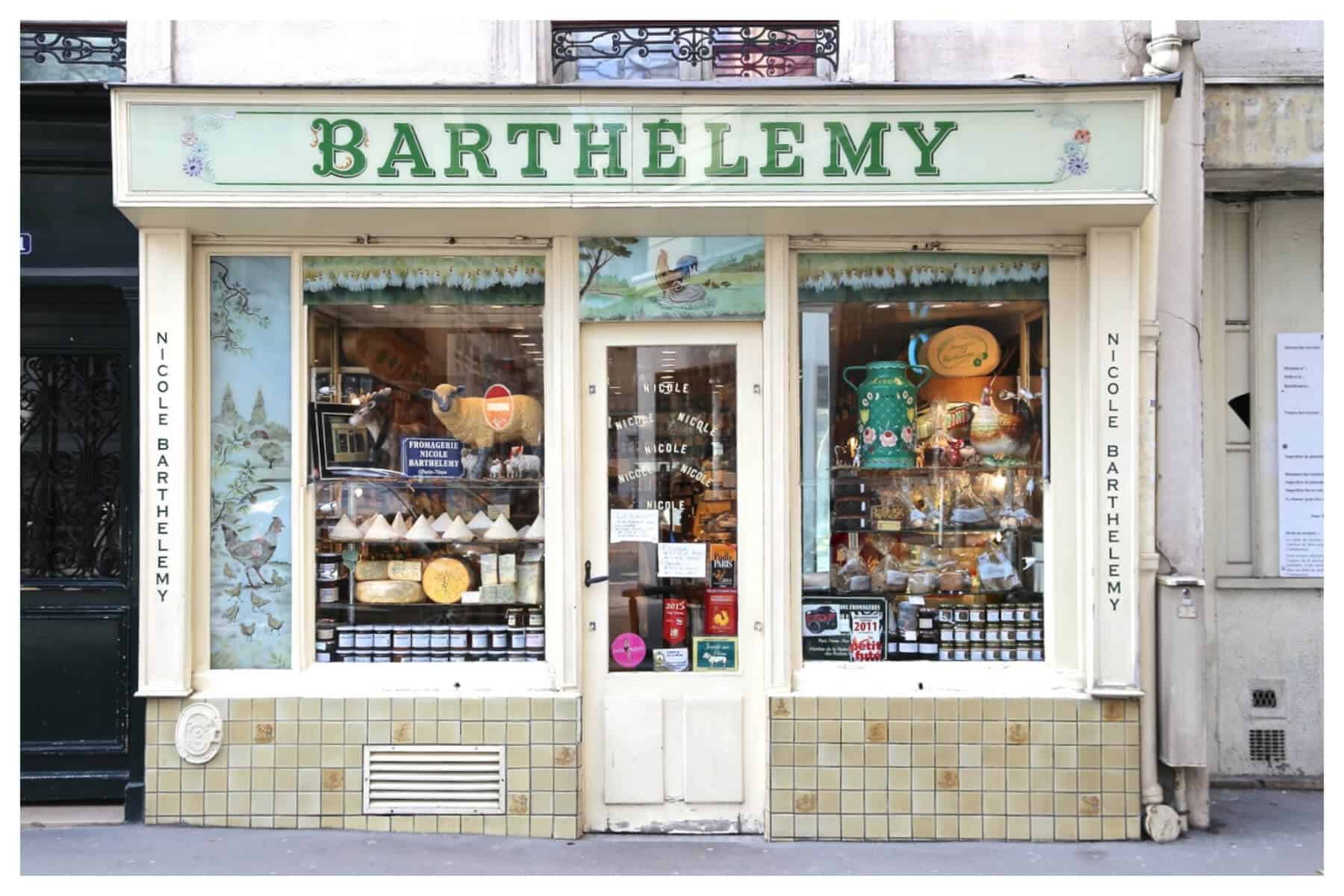
Cheese Shops TO try in Paris
Terroirs d’Avenir – 7 rue du Nil, 75002
Barthélémy – 51 Rue de Grenelle, 75007.
Fromagerie Jouannault – 39 Rue de Bretagne, 75003
Laurent Dubois – 47 Ter Blvd. Saint-Germain, 75005
C.O.W. – 30 Bd Saint-Germain, 75005
Taka & Vermo – 61bis Rue du Faubourg Saint-Denis, 75010
Related Links
- Where to find the best food on Rue du Faubourg Saint-Denis
- You can’t serve cheese without a bagutte. Discover the 10 best baguettes in Paris.
- How to make Éric Frechon’s Scrumptious Ham and Cheese Croque-Monsieur
Written by Casey Hatfield-Chiotti for HiP Paris. Looking to travel? Check out Haven In for a fabulous vacation rental in Paris, France or Italy. Looking to rent long-term or buy in France or Italy? Ask us! We can connect you to our trusted providers for amazing service and rates or click here. Looking to bring France home to you or to learn online or in person (when possible)? Check out new marketplace shop and experiences.





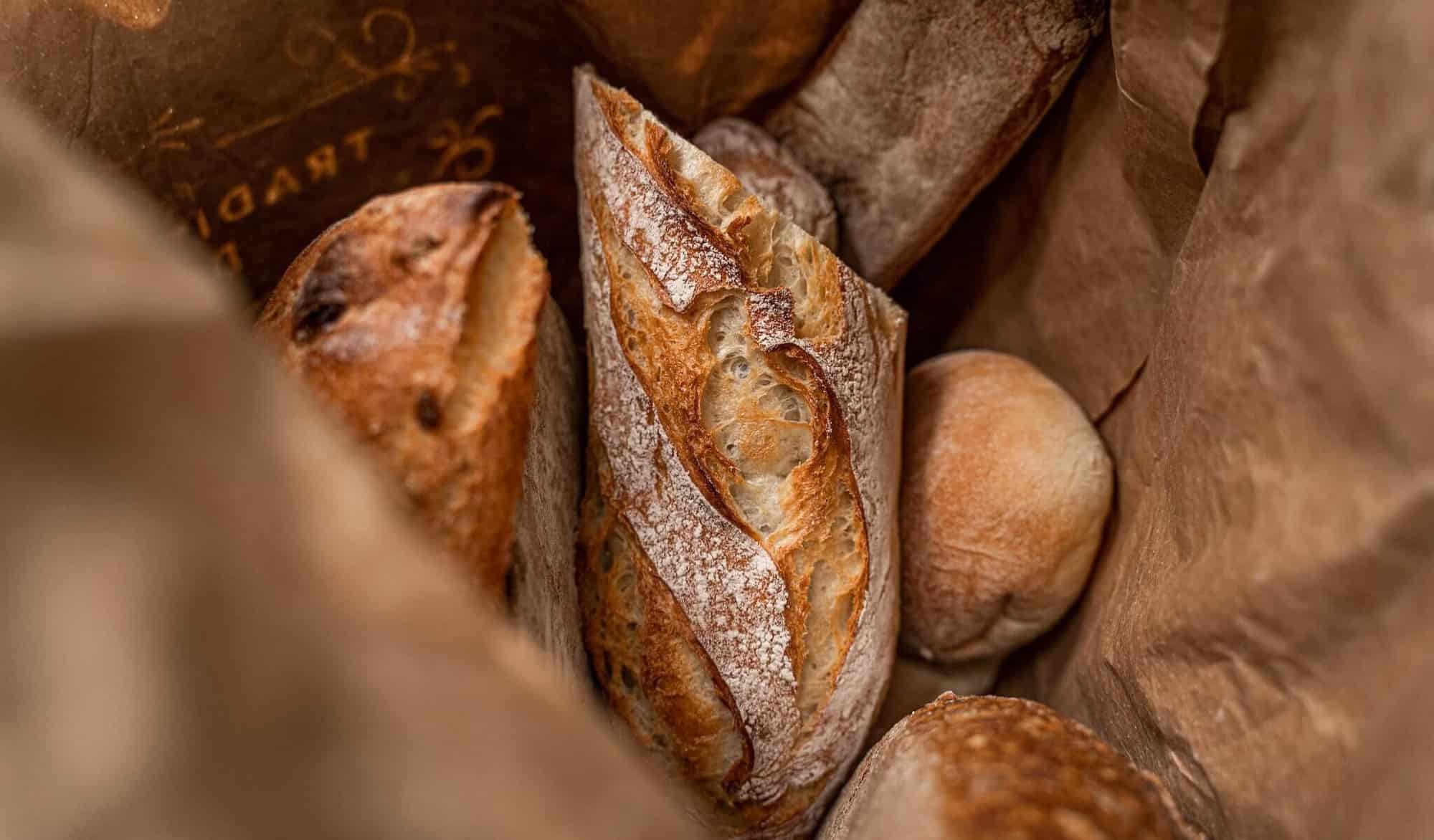




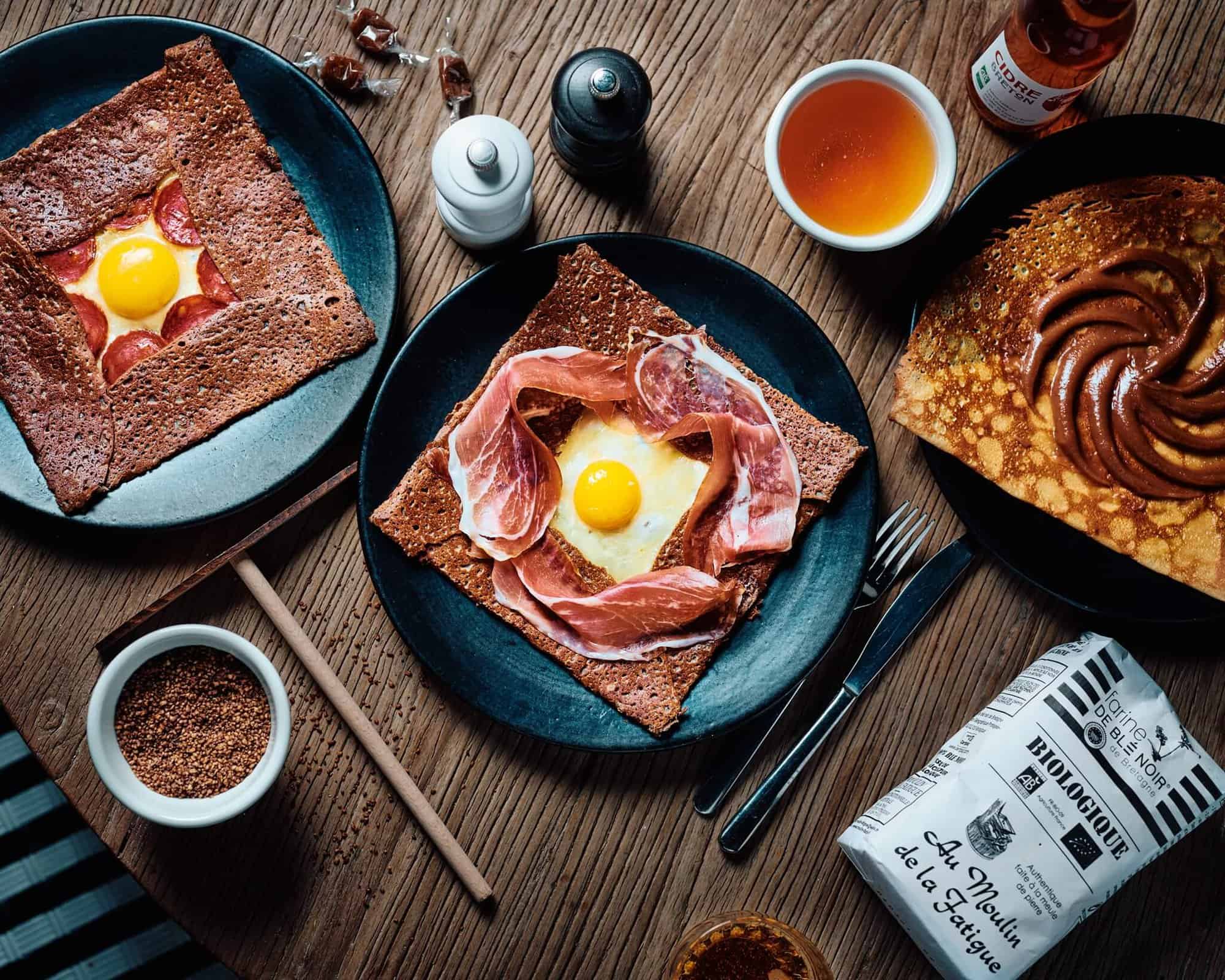

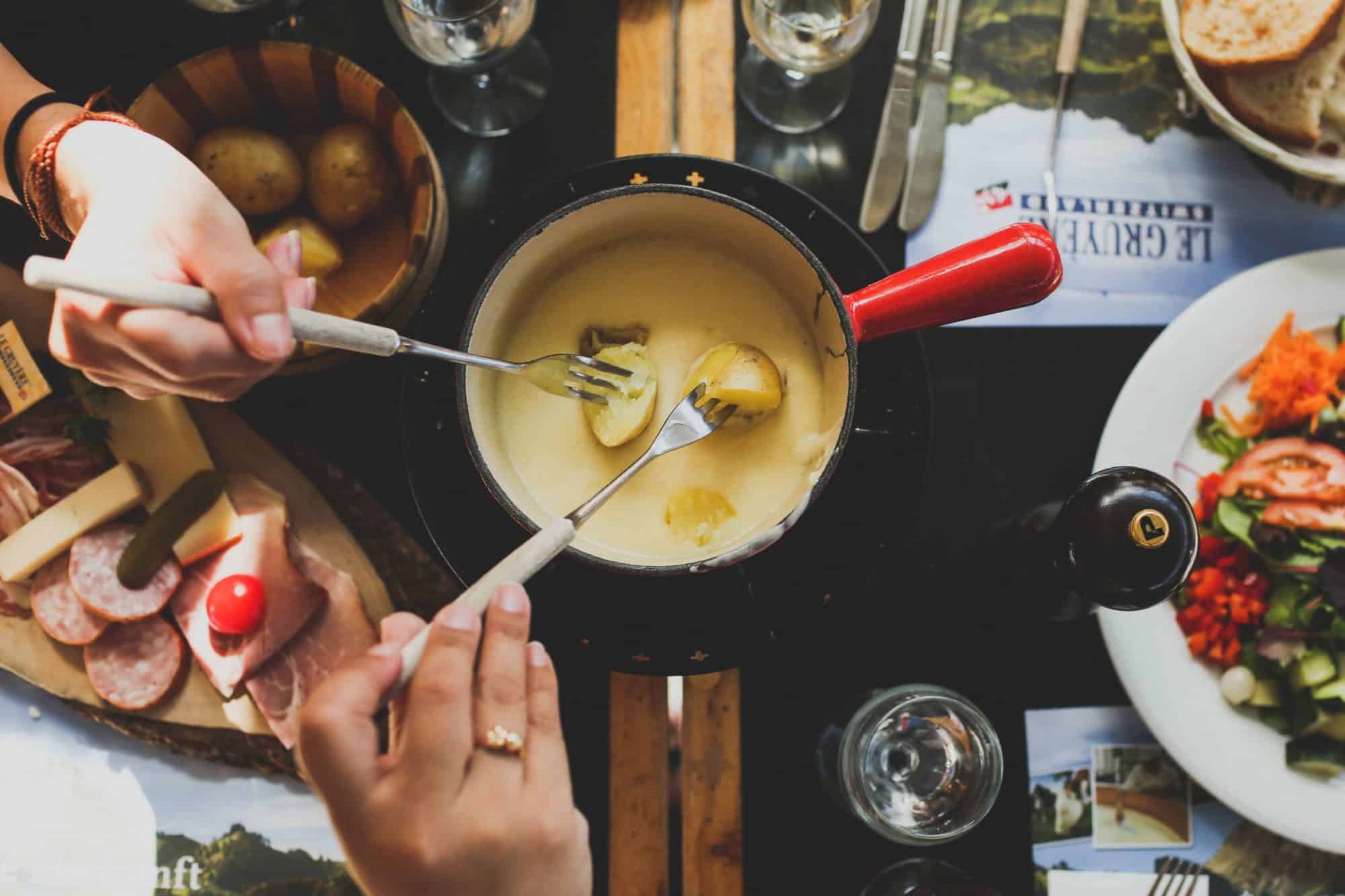
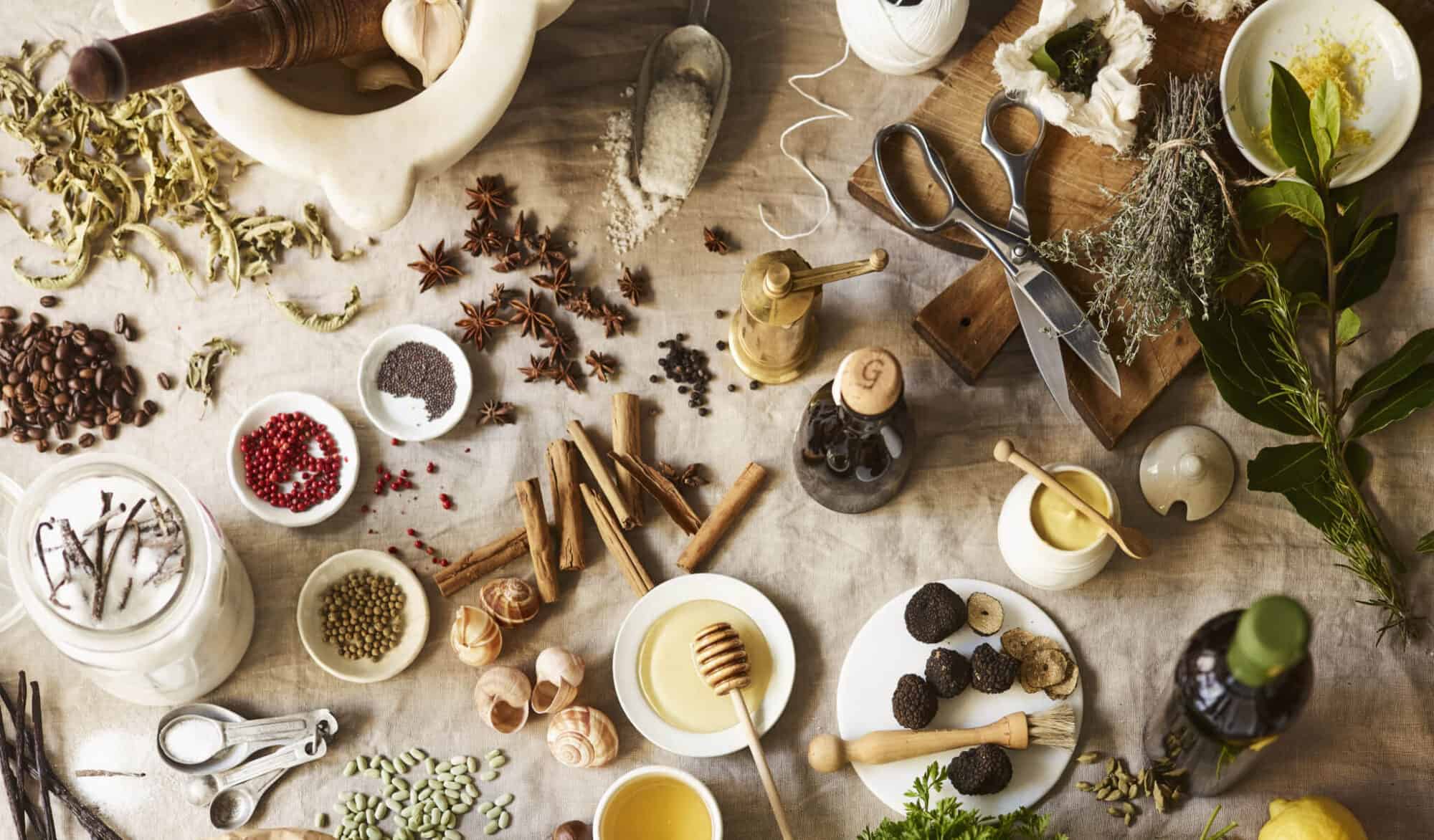
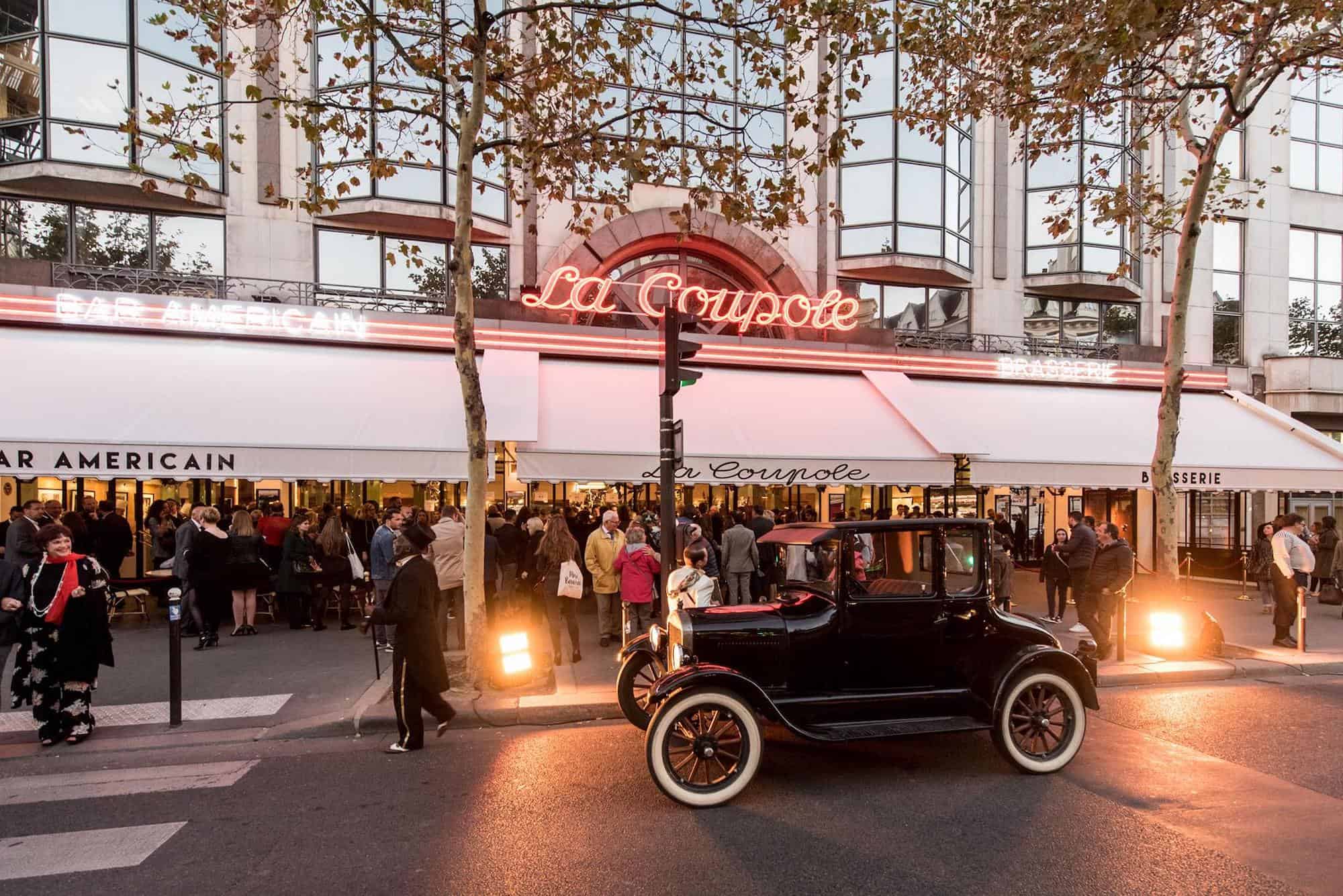




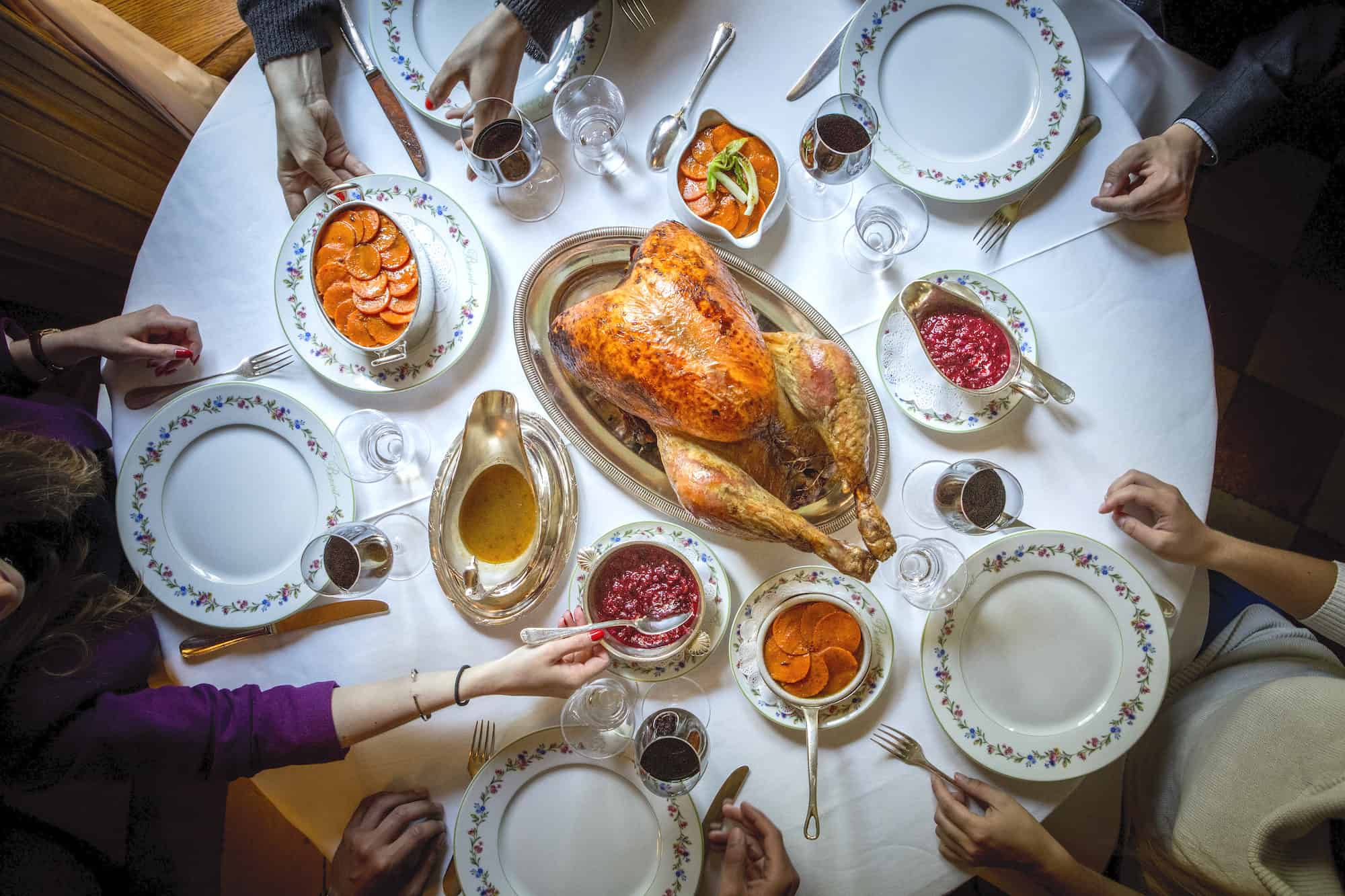

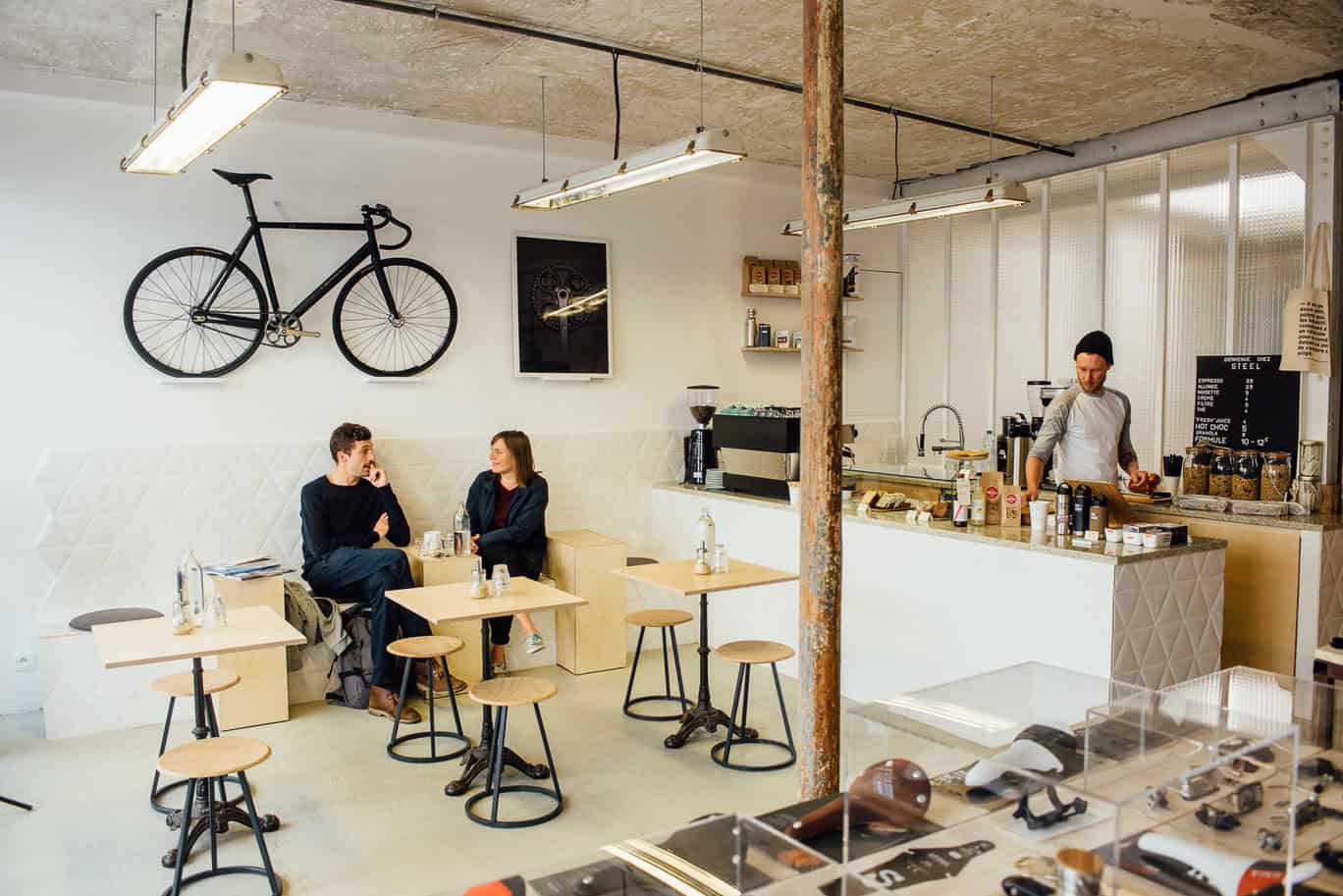

Try Roquefort with a sauternes or other “moelleux”. Cider is the best accompaniment for Camembert and many other strong Normandy cheeses.
I lack awareness that the unpasteurized masterpiece of a cheese the Epoisses – by Berthaut – is the king of cheese to the cheese connoisseur. Sold packed in a small round box it is in no way smelly be the way to the table short or long. Nor does it require beer rather than wine. Quite the contrary – the Epoisses marries perfectly with a fine red Bourgogne. After all the Epoisses is a product of Bourgogne made from the finest Bourgogne cow’s milk. Warmly recommend the poem dedicated to the Epoisses’ s virtues by the poetical priest Charles Patriat (1830-1910) simply titled L’ Epoisses – of course. Begins as follows:
“Achète qui voudra le Camembert trop doux/ Le Roquefort massif à l’arôme sauvage/ Le Brie et le Gruyère interlopes; le sage/ Choisira son fromage, ô Bourguignon, chez nous. “